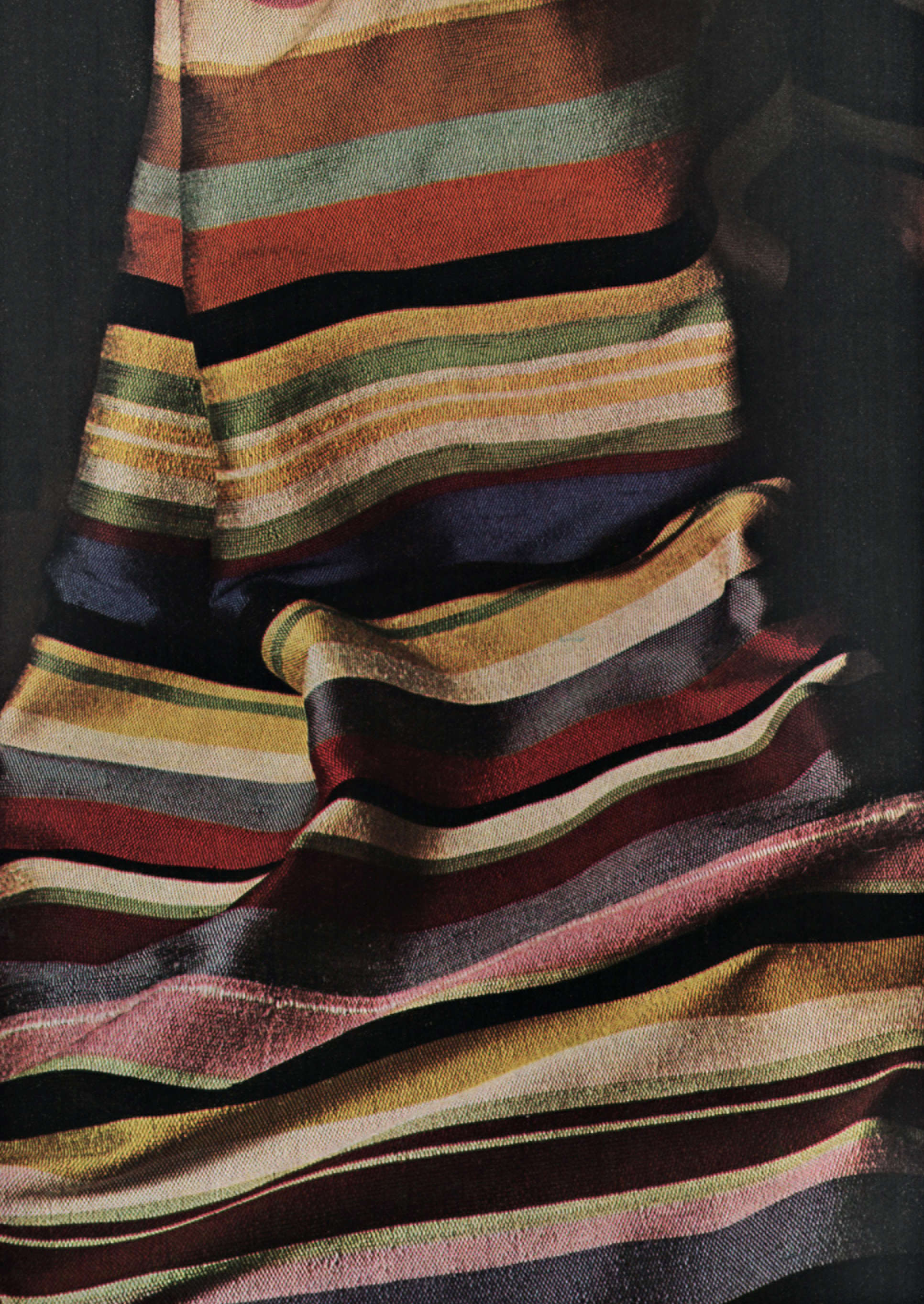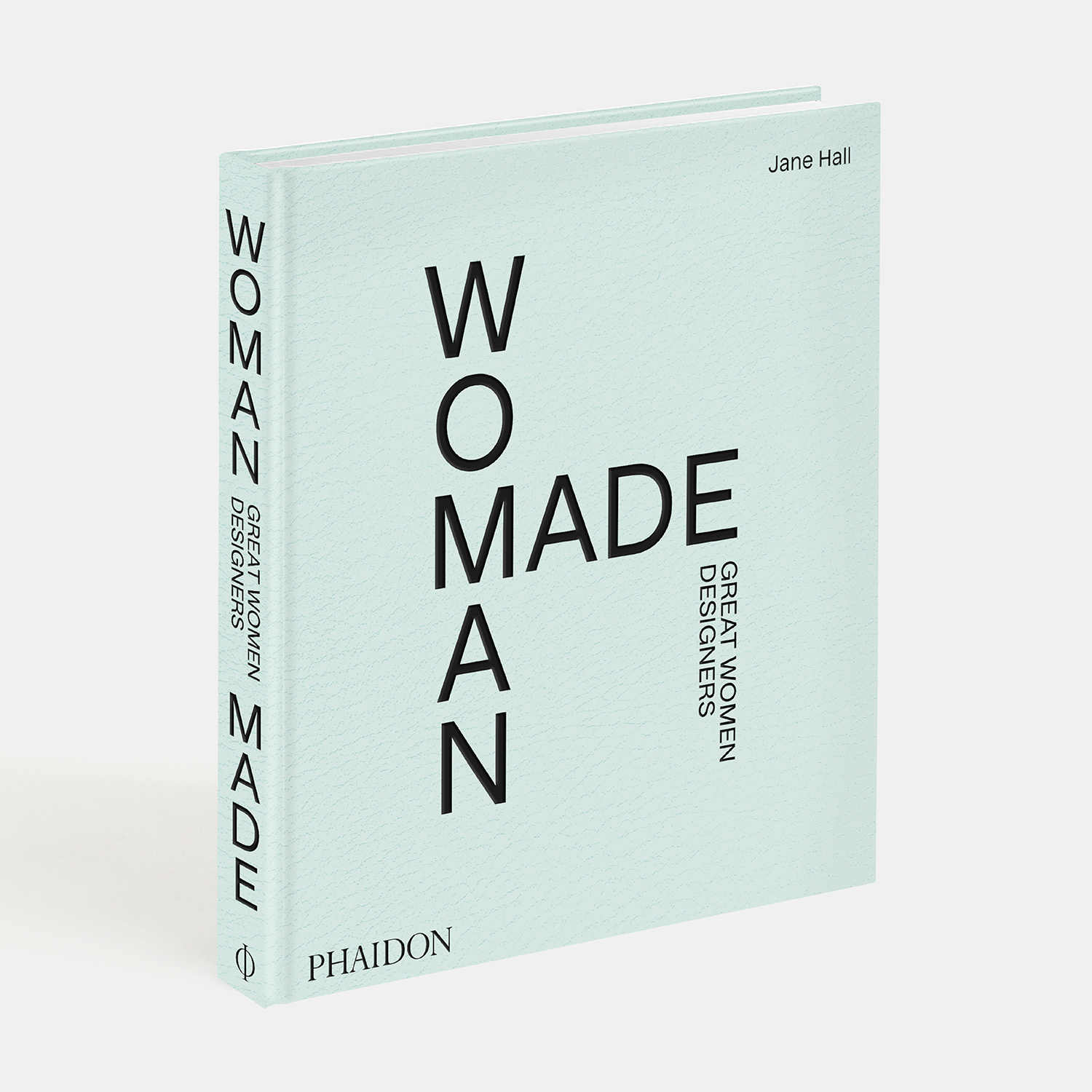
Gegia Bronzini, the Woman who Made hand weaving modern
Our new book, Woman Made, tells the tale of the Italian ‘textile diva’ who brought the hand loom into the 20th century
Our new book, Woman Made, by the award-winning author and curator Jane Hall, provides a timely redress to the conventional design history of our man made world, via 200+ profiles of women product designers from the early twentieth-century to the present day.
In telling the stories of great woman designers, such as Anni Albers, Charlotte Perriand and Ray Eames, Woman Made also undermines the assumptions that lie behind our so-called man made world, to reveal the role women creators played in the making of things we buy, use and love.
In many instances, the women profiled have had to overcome adversity in academia, to gain access to courses, universities and schools once largely preserved for male students, before gaining recognition in their chosen field.
In a few cases, however, these female pioneers have jumped straight into their profession, to learn, and innovate, pretty much on the job. Such was the way with Gegia Bronzini, who, in 1929 founded a small weaving school (later a production workshop, accompanied by a national chain of stores) in the rural neighborhood of Marocco outside of Venice, to introduce graceful, distinctly Italian, modern design motifs into the antique practice of hand weaving.
“Originally from Milan, Bronzini moved to the Veneto region with her husband, an agronomist,” explains Hall. “Bronzini, fascinated by the work of the female farmers in the area, was inspired to purchase a loom. She began experimenting with color and texture, incorporating unusual materials such as broom bristles and corn husks into natural silk and linen yarns.
“Bronzini made all of her fabrics on six hand-looms; she believed that mechanical looms produced dull, flat textiles,” Hall goes on to explain. “The heavy silk seen here (top) features bands of horizontal stripes in rich hues. Joined by her daughters Marisa and Michaela, Bronzini established close relationships with the community of women in the Venetian countryside, some of whom she taught to weave on looms while researching traditional hand weaving techniques.
Described in 2020 by Domus magazine as a ‘textile diva’, Bronzini also created furniture for many notable Italian designers, including Ico and Luisa Parisi. She exhibited widely with her first show in 1946 as part of the Rhodia stall at RIMA (Riunione Italiana per le Mostre di Arredamento)—a popular furnishings exhibit organized by the Triennale di Milano—which showed her work alongside that of Italian textile designer Fede Cheti and architect and designer Lina Bo Bardi. When Bronzini died in 1976, management of the business transferred to her daughter Marisa, who is also an accomplished weaver.”
To find out how Bronzini’s career interweaves with the lives and works of many other female designers, order a copy of Woman Made here.
